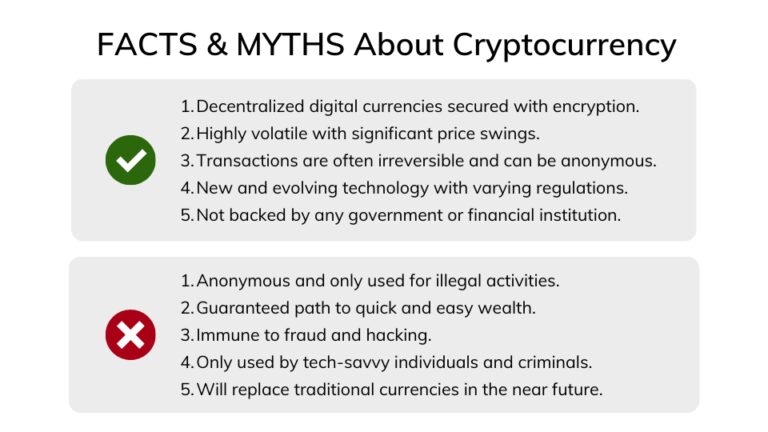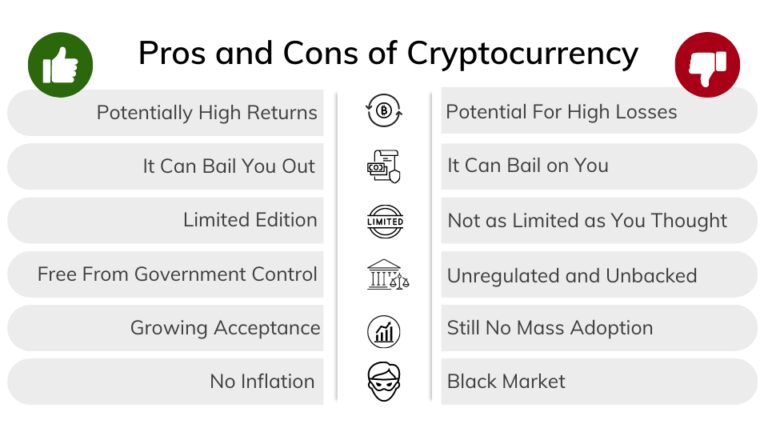Dive into our comprehensive exploration of the environmental impacts of NFTs. Discover how this digital revolution could be affecting the health of our planet in ways you may not have considered. An indispensable read for anyone keen to understand the broader implications of this emerging trend.

Non-Fungible Tokens, better known as NFTs, have revolutionized the digital world with their unique characteristics and functionalities. Unlike cryptocurrencies such as Bitcoin or Ethereum, which are fungible and can be exchanged on a one-for-one basis, NFTs are unique digital assets. This unique property of NFTs has paved the way for the tokenization of art, music, and other forms of intellectual property in the digital realm. To fetch a deeper understanding of the different kinds of NFTs available for collection and investment, exploring the NFT marketplaces would be beneficial. You can click Exploring the NFT Marketplaces for a comprehensive guide.
The emergence and popularity of NFTs in the digital world have been nothing short of meteoric. With more artists, musicians, and creators turning to NFTs to monetize their work, the market for these unique tokens has exploded. The narrative of uniqueness and ownership in the digital world is intriguing to many and has fueled the growth of NFTs.
One of the fascinating aspects of NFTs is their utilization and trading on various platforms. For instance, platforms such as BC GAME, Roobet, and Vave have become popular spots for the trading of NFTs. These platforms provide a secure and efficient environment for users to trade and interact with their NFTs, adding a new dimension of accessibility and convenience to the world of digital assets.
With the burgeoning influence of NFTs, understanding their operational mechanics and impact becomes imperative. The next sections will reveal deeper into the environmental implications of NFTs, allowing us to evaluate their sustainability in the long run.
Non-fungible tokens (NFTs) and the blockchain technology they operate on have transformed the digital marketplace, but their energy consumption has proved to be a contentious issue. Understanding how these technologies work can help shed light on their environmental implications.
Blockchain, essentially a digital ledger, is the bedrock of NFTs. This technology records and verifies transactions across many computers so that any involved record cannot be altered retroactively, ensuring integrity and transparency. In the world of NFTs, the blockchain serves as the certificate of authenticity for each token, confirming its uniqueness and ownership.
Important to note, though, is that not all blockchains are created equal. For instance, while Bitcoin and Ethereum operate on proof-of-work (PoW) systems which are notoriously energy-intensive, other blockchains use more efficient consensus mechanisms like proof-of-stake (PoS) or delegated proof-of-stake (DPoS). You can dive deeper into this topic on the page “Exploring the NFT Marketplaces”.
As mentioned, some blockchains are energy hogs because of the complex computations involved in their PoW consensus algorithm. This system secures the network by asking participants (miners) to solve intense mathematical problems, a process which requires significant computational power and, by extension, energy.
The energy consumption associated with NFT transactions, therefore, can be substantial. To put it into perspective, creating an NFT on the Ethereum blockchain was estimated to have a carbon footprint equivalent to a EU resident’s total electric power consumption for more than a month.
Just as different blockchains have varying energy demands, so do NFT platforms. Sites like Bitsler, MyStake, and Sportsbet.io each have their unique energy footprints depending on a number of factors, including the number of transactions processed, the efficiency of their supporting blockchain, and the greenness of the energy used in the process.
In a bid to improve the sustainability of their operations, some platforms are exploring energy-efficient blockchain systems. For instance, Sportsbet.io has implemented a PoS blockchain for its transactions, which cuts down on energy expenditure. Similarly, Bitsler has embraced renewable energy sources in its operations, helping to offset the environmental impact of its activities.
It’s clear that NFTs and blockchain technology bring with them both enormous opportunities and serious environmental considerations. The challenge for the industry will be to minimize the latter while maximizing the former, ensuring a sustainable future for this exciting digital frontier.

As internet users around the globe engage with non-fungible tokens (NFTs), it’s essential to understand the environmental implications. The creation and trading of these digital assets, while revolutionizing the digital space, are also contributing to a significant carbon footprint.
Before we delve deeper into the environmental impact, it’s essential to grasp the process of minting NFTs. Minting is the procedure of turning a digital object into an NFT on the blockchain, thereby validating its uniqueness. When you mint an NFT, it’s like certifying a physical item as a unique, irreplaceable entity. However, this process isn’t as breezy as it sounds.
Creating an NFT is energy-intensive because it relies heavily on blockchain technology, particularly the proof-of-work (PoW) consensus mechanism used by many blockchains like Ethereum. This PoW mechanism requires a lot of computational power, translating into high energy consumption. For a detailed understanding of the energy consumption involved in the NFT minting process, dive into our article, Insight into NFT Minting Process.
Each NFT transaction, whether minting, trading or transferring, involves multiple computations executed by computers within the blockchain network. These computers consume significant electricity, most of which is generated from fossil fuels. As a result, the carbon emissions linked to NFT transactions are substantial.
Estimations suggest that a single Ethereum transaction, which includes NFT transactions, can use up to 35 kWh of electrical energy, emitting around 20kg of CO2. This is equivalent to the power consumed by an average European Union household for a whole day, astounding isn’t it?
NFT trading platforms are increasingly popular, with platforms like 20Bet, Rolletto, and Stake facilitating a high volume of transactions. But the downside is, the more NFT transactions, the more environmental impact.
While the NFT space is exciting and opens up a world of possibilities, the environmental implications cannot be overlooked. It’s crucial to strike a balance between the two, ensuring we can enjoy the benefits of this digital revolution without causing irreversible damage to our planet.

In this section, we delve into specific instances of how non-fungible tokens (NFTs) have affected the environment, highlighting the carbon footprints of well-known NFT platforms and discussing varied practices within the NFT market.
In the quest to unravel the environmental consequences of NFTs, one cannot overlook some of the high-profile sales that have made headlines in recent times. For instance, the sale of a digital artwork by Beeple at Christie’s auction house not only broke records but also raised eyebrows due to its associated carbon emissions. According to estimates by the platform Digiconomist, the energy consumed for this single transaction was equivalent to an EU resident’s electricity consumption for 2 decades. This brings to the fore the pressing need for more sustainable practices within the NFT market.
Another point of contemplation is the environmental footprint of different NFT platforms. Platforms such as 22bet, Megapari, and Fortunejack, which facilitate the trading of NFTs, have their part to play in the carbon emissions associated with NFTs. While the exact carbon footprints of NFT platforms are challenging to ascertain due to complexities in tracking energy africage and sourcing, it is evident that their operations contribute to the overall energy consumption of the NFT sector. However, it is essential to note that the level of carbon footprint might vary from one platform to another, depending on their utilization of energy-efficient blockchain technologies and practices.
As much as the NFT market has raised environmental concerns, it has also seen some green initiatives. Some artists and platforms are seeking ways to minimize the sector’s environmental impact through various practices. Initiatives such as carbon offsetting, the use of more efficient proof-of-stake blockchains, and the promotion of ‘green NFTs’ are gaining ground.
However, these efforts are not without counterexamples. Many practices in the NFT sector are still far from environmentally friendly, as they involve resource-intensive blockchain transactions and energy-inefficient consensus algorithms. For instance, the Ethereum blockchain, which hosts a significant portion of NFT transactions, uses a proof-of-work consensus model known for its high energy consumption. Therefore, while the push towards green NFTs is promising, there’s still a long way to go in achieving a truly eco-friendly NFT market.

The global rise of Non-Fungible Tokens (NFTs) has brought with it a major controversy: their environmental sustainability. While NFTs have unlocked a new world of possibilities in the digital arena, they have also been subjected to a storm of criticism for their alleged high energy consumption and carbon emissions. This has sparked what seems to be a never-ending debate between those who advocate for the potential economic value of NFTs and those who express concern about their environmental footprint. Let’s dive deeper into this dichotomy.
NFTs’ environmental impact has turned into a simmering controversy. Their climate change implications stem mostly from the energy consumption of the blockchain technology that underpins them. All that energy use leads to significant carbon emissions, contributing to global warming. For more details about the specific impacts of NFTs on our environment, you can refer to The Environmental Impacts of NFTs.
The economic allure of NFTs is undeniable. From digital artists finding new income sources to digital property owners capitalizing on unique digital assets, the potential for economic advancement is significant. However, there’s a need to balance these benefits with the environmental costs. High energy consumption and resultant carbon emissions pose serious environmental sustainability questions. Learning how to moderate these effects while harvesting the benefits is key for the continued success and acceptance of these digital marvels.
When it comes to balancing, some platforms are already taking steps. NFT platforms like Thunderpick, Trust Dice, and BC GAME are pioneering more environmentally friendly practices to help mitigate these issues.
Given the environmental cost of traditional NFT transactions, there’s a dire need for alternatives and solutions that are more environmentally friendly. Here are a few potential solutions:
Platforms like Thunderpick, Trust Dice, and BC GAME are leading the way in exploring these and other solutions to make the NFT market more sustainable.

